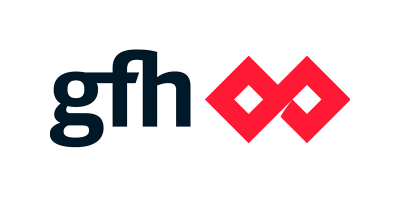A confluence of macro headwinds have blown against Dubai’s economy the past couple of years.
First, a 70% collapse in oil prices has led to weaker regional growth as petro-dollar financed governments curtail infrastructure spending and freeze public payrolls (Other GCC nationals are a big driver of Dubai’s tourism sector).
Second, a massive strengthening of the US Dollar (represented here by the 26% move in the Euro-heavy DXY) since mid 2014 has carried pegged GCC currencies up with it. This had the effect of making purchases denominated in AED by foreigners that more expensive and has contributed to the fall in Russian, European and African travel and investment in Dubai.
We were curious as to how this has affected Dubai’s private sector and put together some charts.
Commercial Licenses
Dubai Statistics Center publishes quarterly data on business license issuance, renewals and cancellations.
The chart above shows the average number of New trade licenses issued by the Dubai Economic Department on a 12 month trailing basis started to decline by Q4 2015. The number of Cancelled licenses however also declined. The ratio of New to Cancelled increased steadily into Q1 2016 and then dropped sharply as of Q2. Note that a ratio of 6 is still quite robust versus the lows 2010, when it hit 2.4. (The highest it reach was 8.2 in 2008).
A year-on-year look at the quarterly data reveals that New license activity actually started weakening in Q3 2014 and has continued to weaken into Q2 2016. Cancellations after witnessing a brief uptick at the end of 2014 and into 2015 have since dropped off, likely due to base effects.
So far it’s undeniable that Dubai has been going through a period of slower company formation.
Containerized Trade Volumes
Dubai’s DP World publishes quarterly data on its TEU (Twenty-foot Equivalent Unit container) throughput. The data set includes a break-out of the count of dry bulk shipping containers that have passed through its UAE port operations.
We had to do some data manipulation to adjust for new capacity that DP World added over the period, so the data below is “like for like” as we can get (DP World don’t offer quarterly capacity figures).
Clearly UAE container volume growth stalled over 2015 and has been contracting throughout 2016. It’ll be interesting to see how this develops over H2 2016. DP World’s Jebel Ali port is where a lot of GCC bound containers arrive from China and Europe. Given Jebel Ali’s regional importance, UAE reported TEU volumes are less Dubai-centric and instead reflective of regional economic activity.
PMI Survey
The last data set is produced by a Markit and Emirates NBD collaboration. The headline seasonally adjusted Emirates NBD UAE Purchasing Managers’ Index (PMI) is a composite indicator designed to give an overview of operating conditions in the non-oil private sector economy.
The PMI showed the decline in business conditions into Feb 2016, crossing below the 50 (neutral) level. Since then however we’ve seen a sharp snap back. It will be interesting to see if this higher frequency indicator leads a general improvement in conditions over the remainder of the year.










Abu Hassan
Would be great to have H1 2018 update on this…